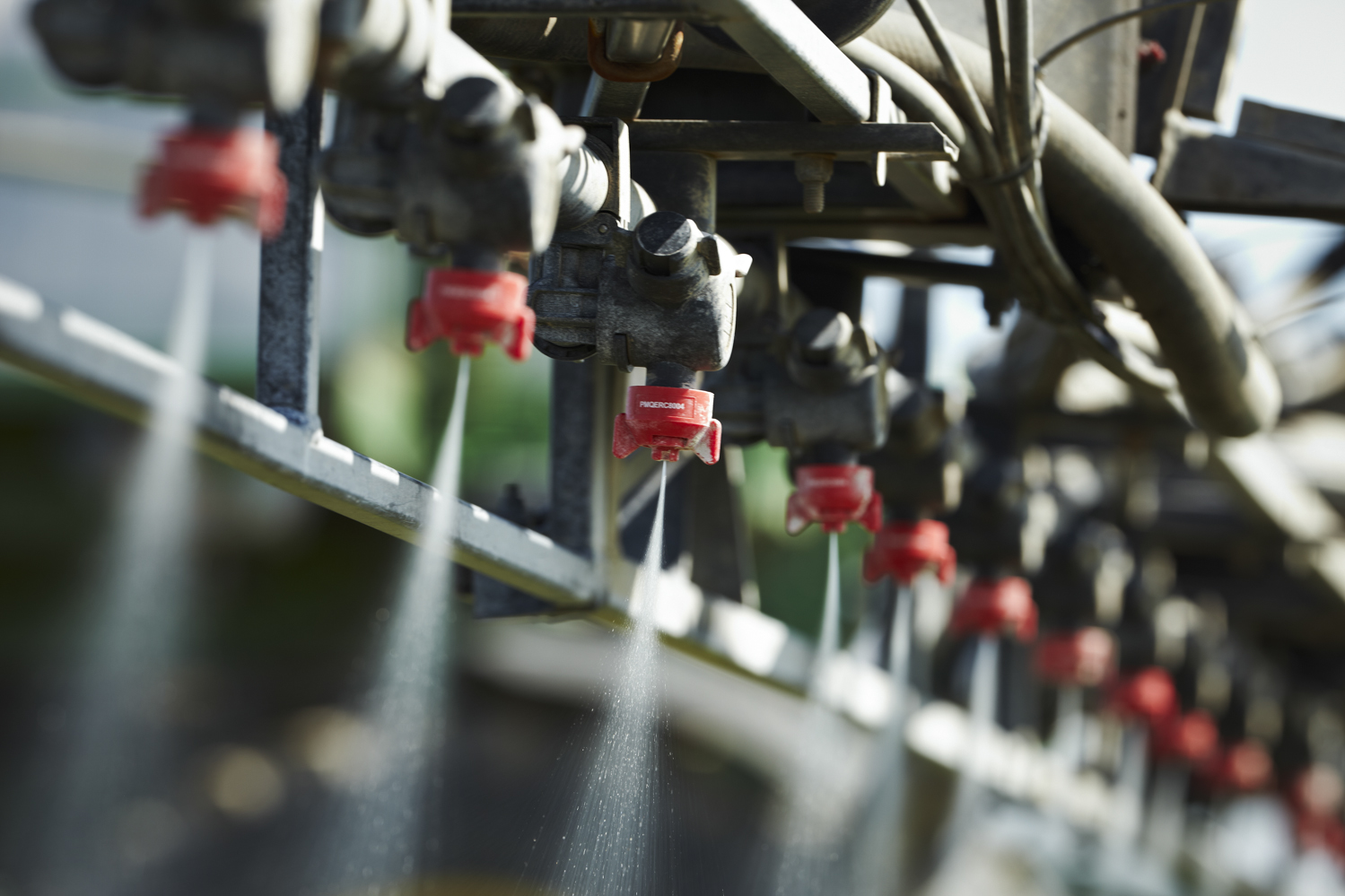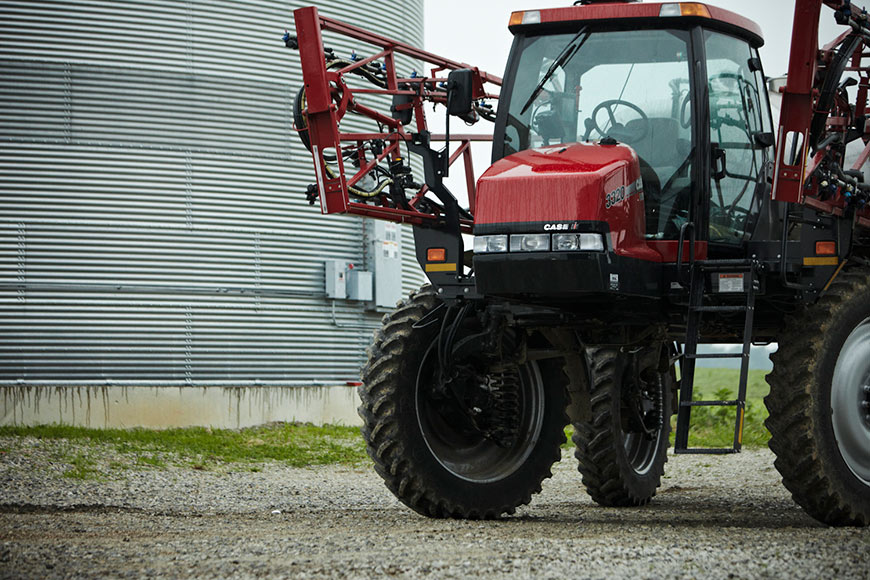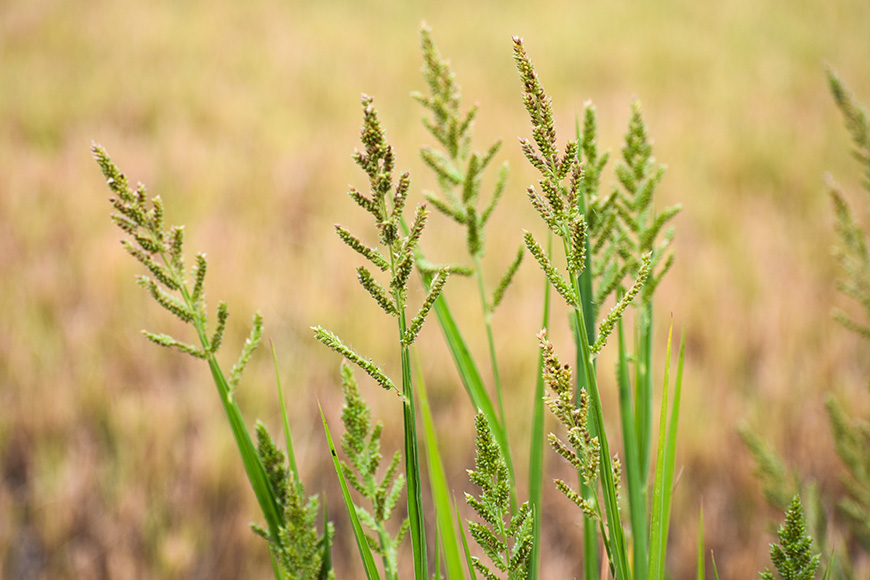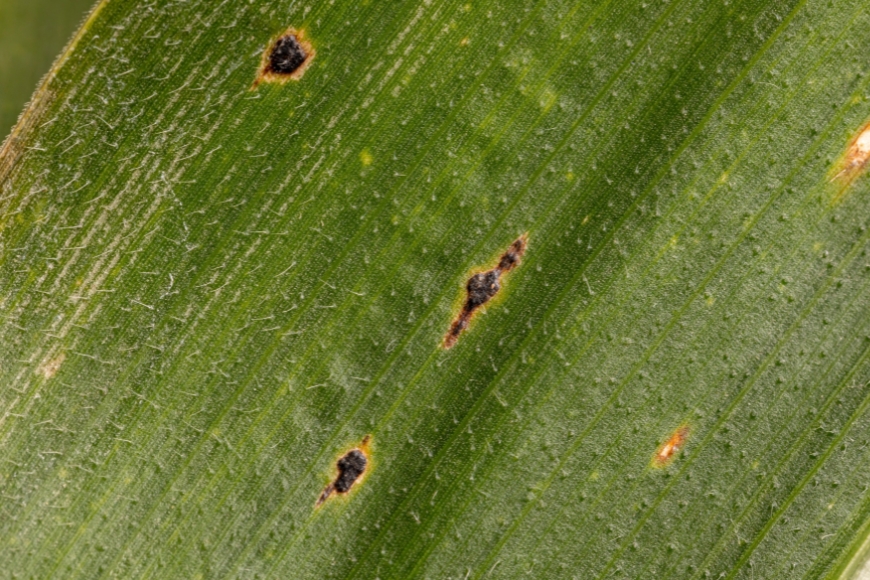4 Ways to Upgrade Your Early-Season Spray Program

Once your burndown application is complete and fields are ready for planting, it’s hard to think about anything but getting seeds in the ground. For adequate weed management, however, planting must be balanced with a strategic herbicide program to ensure effective weed control and minimize the development of weed resistance. Let’s look at a few critical components that may enhance your weed control program.
In terms of application timing for residual control, it’s best to get it done as close to planting as possible. If you’re putting it out ahead of time, which is logistically more feasible in some situations, get that application as close to the planting pass as you can to maximize the length of the residual weed control.
For the first post-emergence application, I recommend spraying 21-28 days after your residual control application because that’s generally when weeds start coming in. It’s important to act while weeds are small or at least before they reach 4 inches tall. Once they’re past that benchmark, they’re much more difficult to control. It may seem unnecessary to make an application before you see obstructive weed populations. Still, this proactive approach will pay off when your fields stay clean, and you’re not scrambling to eliminate weed competition down the line.
I recommend planning a spray schedule based on calendar dates versus visual observation to keep applications on track. For example, if the pre-emergence application was made on May 1, post-emergence applications should be scheduled for May 21 and wrapped up by May 28. When marking your calendar, remember that the goal is to get the activity of these two applications to last from planting until the canopy shades the row.
Humidity and temperature are two other significant factors in efficacy. If humidity is high, the droplet stays wet on the leaf for longer, increasing the opportunity for penetration. When temperatures are higher, the plants will grow more actively, allowing you to get more herbicide into both the weed and crop. In my region in Iowa and Missouri, I generally recommend backing down on surfactant and oil rates if you add the relative humidity and the temperature together, and it equals greater than 150 because that benchmark tends to indicate an increase in crop response. However, this balance will vary based on climates and weather patterns in different regions.
Surfactants are also a crucial tank-mix addition because they help keep the herbicide droplet wet longer and spread the droplet out on the leaf surface. Both actions increase penetration and absorption by the plant. Adding a deposition aid and drift reducer like InterLock® adjuvant to the tank can help ensure more herbicide active ingredient gets to target weeds for maximum leaf coverage.
While it’s easy to be laser focused on planting in the spring, it’s important to be timely with your herbicide applications for effective control and better yields at harvest. For more guidance on early-season weed management and product selection, talk to your local WinField® United retailer.
All photos are either the property of WinField United or used with permission.
© 2022 WinField United. Important: Before use always read and follow label instructions. Crop performance is dependent on several factors many of which are beyond the control of WinField United, including without limitation, soil type, pest pressures, agronomic practices and weather conditions. Growers are encouraged to consider data from multiple locations, over multiple years and to be mindful of how such agronomic conditions could impact results. InterLock and WinField are trademarks of WinField United. All other trademarks are the property of their respective owners.
Set a Smart Spray Schedule
Many farmers will apply their burndown chemistry, nutrients and residual control herbicide in the same pass. The problem with this approach is that you reduce control of the targeted cover crop or weeds and reduce the active window of your residual chemistry by applying it so early. I recommend splitting those applications and applying your burndown by itself, such as a 2,4-D or glyphosate, then coming back in with your residual control and nutrients.In terms of application timing for residual control, it’s best to get it done as close to planting as possible. If you’re putting it out ahead of time, which is logistically more feasible in some situations, get that application as close to the planting pass as you can to maximize the length of the residual weed control.
For the first post-emergence application, I recommend spraying 21-28 days after your residual control application because that’s generally when weeds start coming in. It’s important to act while weeds are small or at least before they reach 4 inches tall. Once they’re past that benchmark, they’re much more difficult to control. It may seem unnecessary to make an application before you see obstructive weed populations. Still, this proactive approach will pay off when your fields stay clean, and you’re not scrambling to eliminate weed competition down the line.
I recommend planning a spray schedule based on calendar dates versus visual observation to keep applications on track. For example, if the pre-emergence application was made on May 1, post-emergence applications should be scheduled for May 21 and wrapped up by May 28. When marking your calendar, remember that the goal is to get the activity of these two applications to last from planting until the canopy shades the row.
Choose the Right Nozzle for Each Application
Selecting and calibrating sprayer nozzles is crucial to ensure even, consistent coverage across the entire spray boom and, ultimately, the whole field. While this may sound simple, many nozzle types and sizes are available, with little information about which ones are best for which application. That can make selection overwhelming. To help in your decision process, here are some helpful guidelines:- Nozzle size is determined by three factors: rate (gallons per acre), pressure and speed of the application. Charts can be found in the back of any nozzle manufacturer’s book to help you pick the size of droplet and nozzle type you need.
- The type of pesticide determines droplet size. For contact-type chemistries, coverage is essential, which means higher carrier volumes and smaller droplet sizes are needed. For systemic chemistries, coverage is less critical, so nozzles with lower carrier volumes and larger droplets can be used.
Account for Factors That Impact Efficacy
For post-emergence applications, time of day is critical. Weeds will only uptake chemicals if they’re actively growing, which means the most optimal growing conditions make for the most optimal spraying conditions. It’s important to note that certain herbicides are more sensitive to environmental factors than others. For example, 2,4-D and dicamba are less sensitive, while glyphosate is more sensitive and glufosinate is extremely sensitive to time of day.Humidity and temperature are two other significant factors in efficacy. If humidity is high, the droplet stays wet on the leaf for longer, increasing the opportunity for penetration. When temperatures are higher, the plants will grow more actively, allowing you to get more herbicide into both the weed and crop. In my region in Iowa and Missouri, I generally recommend backing down on surfactant and oil rates if you add the relative humidity and the temperature together, and it equals greater than 150 because that benchmark tends to indicate an increase in crop response. However, this balance will vary based on climates and weather patterns in different regions.
Don’t Skimp on Adjuvants
Adjuvants like water conditioners and surfactants are often overlooked but can be extremely important for herbicide efficacy. Generally, chemicals that need water conditioners are referred to as weak-acid herbicides, which means they have a negative charge that grabs onto calcium, magnesium or iron in the water and deactivates the chemical. When a water conditioner is included, it occupies that negative charge and prevents this from happening. While glyphosate is the most well-known weak-acid herbicide, people often don’t realize that 2,4-D, dicamba, glufosinate and many other chemicals also fall into this category and can be more effective if applied with water conditioners.Surfactants are also a crucial tank-mix addition because they help keep the herbicide droplet wet longer and spread the droplet out on the leaf surface. Both actions increase penetration and absorption by the plant. Adding a deposition aid and drift reducer like InterLock® adjuvant to the tank can help ensure more herbicide active ingredient gets to target weeds for maximum leaf coverage.
While it’s easy to be laser focused on planting in the spring, it’s important to be timely with your herbicide applications for effective control and better yields at harvest. For more guidance on early-season weed management and product selection, talk to your local WinField® United retailer.
All photos are either the property of WinField United or used with permission.
© 2022 WinField United. Important: Before use always read and follow label instructions. Crop performance is dependent on several factors many of which are beyond the control of WinField United, including without limitation, soil type, pest pressures, agronomic practices and weather conditions. Growers are encouraged to consider data from multiple locations, over multiple years and to be mindful of how such agronomic conditions could impact results. InterLock and WinField are trademarks of WinField United. All other trademarks are the property of their respective owners.





